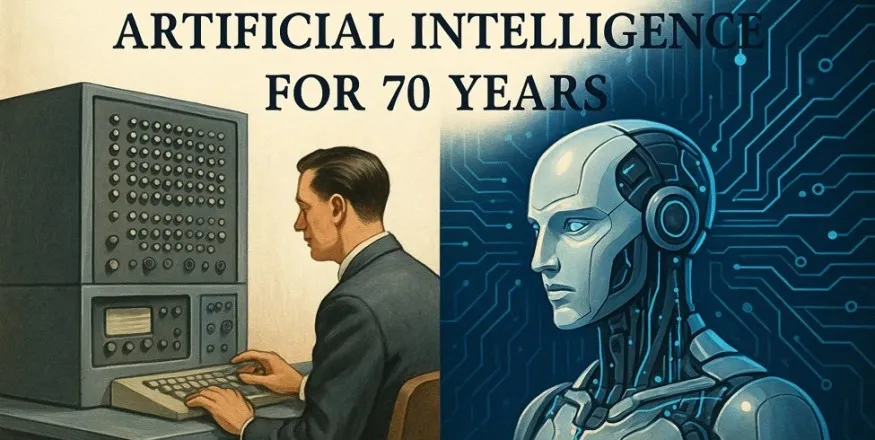This book traces AI's evolution through the expanding frontier of what machines could accomplish at each historical moment, from calculating ballistics to engaging in contextual dialogue. Rather than focusing on techniques in isolation, we examine how theoretical breakthroughs, hardware advances, and data availability converged to enable new capabilities across five epochs: Calculation (1936-1955), Symbol Manipulation (1956-1974), Knowledge Application (1975-1987), Pattern Learning (1988-2005), Contextual Understanding (2006-2016) and Foundational Understanding (2017-present).
To minimise the hallucination risk that plagues automatically generated prose, every factual assertion in the main text adheres to a three-tier verification protocol:
- Core claims (dates, performance metrics, inventorship) are backed by primary sources or peer-reviewed scholarship and explicitly cited.
- Context claims (broader historical setting) rely on reputable secondary literature and are likewise cited.
- Interpretive claims (synthesis or judgement by the author) are sign-posted in-text.
Square-bracketed labels—Core, Context, Interpretive—appear only where the distinction may affect the reader’s trust in the claim. We avoid citation clutter elsewhere by grouping closely related facts under one reference when possible.
From writer: AI generates the content of this book. Claude, ChatGPT and DeepSeek are used for the generation of an outline, writing chapters and cross-checking. This illustration showcases the current capabilities of AI in sophisticated technical writing with minimal intervention from a non-expert.
Precaution: I am not an expert in IT or AI. Also, I do not do an extensive check on the accuracy of the content. You should always check with credible sources.








 Login with Facebook
Login with Facebook
